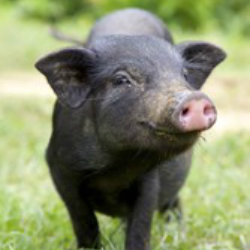Container transport for pigs
Recent legislative changes mean that the welfare of animals in the food production chain is now a top priority. In practice, this leads to decreased stress for the pigs, as well as cost savings due to fewer losses during transport. The EU-funded 'A novel transport system for slaughter pigs' (TRANSUS) project was established to develop and test a standard container that could be used to transport pigs to the slaughterhouse. This container system would need to improve hygiene, lower stress levels in pigs and improve the overall efficiency of pig transport. An initial literature review defined the needs and expectations for such a system, both from a technical perspective and for optimised welfare of the animals. The results were used to establish the specifications of the container system. From these specifications, researchers completed the technical design of the container and built several prototypes. Parallel to testing these prototypes, they used computer modelling to simulate the mechanical behaviour of the container during transport. Real-world testing with the prototype container showed that the concept was feasible. Researchers found fewer injuries to pigs, that the containers were more hygienic and that the process took less time overall. However, pigs transported in the prototype were no less stressed than those transported through conventional methods. Market analysis showed that the TRANSUS system is economically viable if the overall system (from farm to slaughterhouse) is used. Future work will focus on bringing the working system from a prototype to a commercial product.



